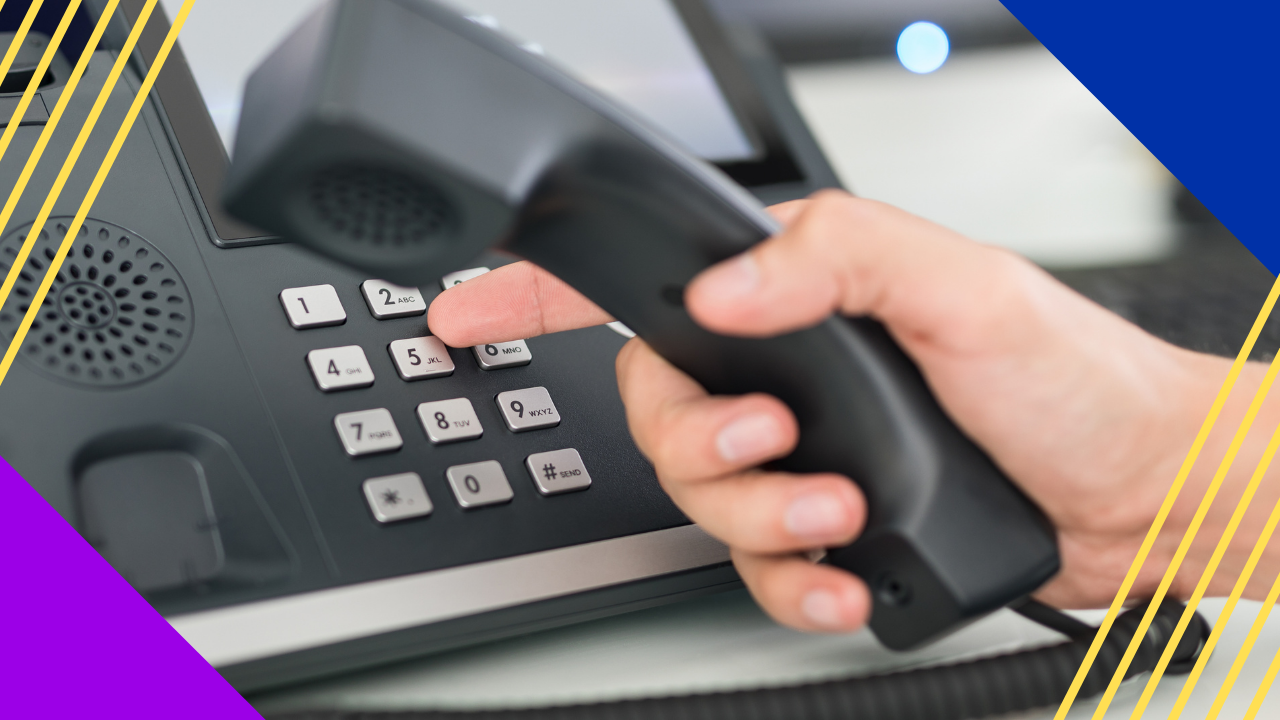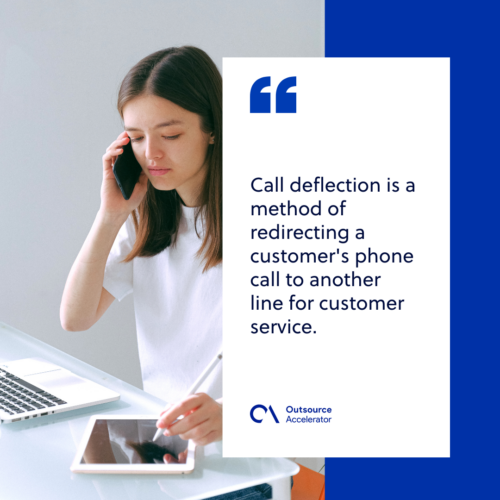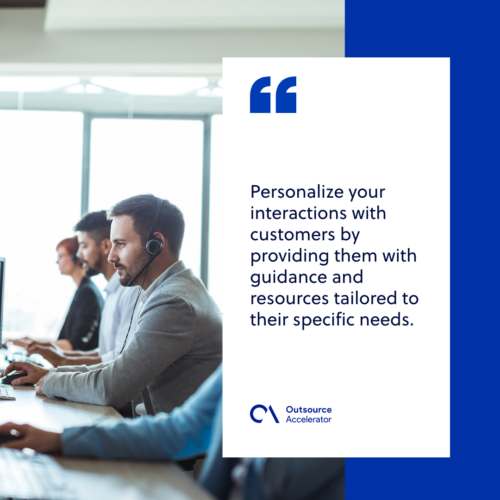10 most effective call deflection techniques

An important part of your company’s commitment to customers is to provide excellent customer service. Your customer service team should be as important as the other departments of your organization.
However, it is not easy for your agents to maintain quality service if they are bombarded with problematic calls. After all, managers take time to improve their customer service as it serves as a direct connection between your company and your customers.
What is call deflection?
Call deflection is a method of redirecting a customer’s phone call to another line for customer service. Some examples of these are a self-service option and digital channels.
Customers who prefer to receive assistance without speaking to a human being may appreciate call deflection.
As a result of call deflection, clients receive the assistance they require quickly and efficiently. Customer service representatives are also freed up to handle inquiries that demand immediate attention.

Benefits of call deflection
Call deflection has numerous advantages for businesses. Here are some of them:
Improved customer experience
Call deflection can improve the customer experience and make it easier and safer for clients to operate correctly.
Call deflection will let customers discover issues, and agents will be able to resolve them. As a result, the online processes will be even more refined and streamlined. Customers will also have a better time doing their purchasing online.
Cost-effective while making interaction easier
Digital channels are less expensive than phone calls. Companies can improve customer satisfaction by expanding digital interactions.
As a result, customer concerns and queries can be resolved more quickly. It can also give customers a more tailored experience.
Fewer website errors
Your website is vital to your business because it’s one of your company’s most recognizable features. An error-free, well-maintained, and routinely updated system is a necessity.
A good call deflection tactic can help find the website’s weakest point and enable you to optimize it if needed. Because of this, your website’s visitors will have fewer technical difficulties.
How to improve call deflection
Companies use a variety of call deflection tactics to cut down on the volume of calls coming into their call centers. Here are some of the best practices of call deflection:
1. Improve your knowledge base
Look into what was generating the most inquiries from your phone calls. Data from your website’s search phrases can give you an idea of what your clients are trying to find.
Once you have identified what your customers need, you can now make self-service content more accessible.
2. Eliminate the need to make the phone call
Giving clients the information they need before picking up the phone is an effective way to avoid call deflection.
Before a problem arises, clients can be directed to self-service choices where they can solve their queries.
3. Reduce the amount of time spent on hold
As phone volume increases, so does the number of individuals on hold. The use of call scheduling and callbacks that are automated will help to lower your time spent on hold. It will also enhance the customer experience.
4. Utilize digital channels
Using digital channels to divert phone calls is a brilliant idea. Promote your digital channels, such as chat, email, and surveys, to your target market.
Although client questions are still channeled through digital channels, these channels are more usable and cost-effective than phone channels.
Your website should feature it prominently to let clients know they have the option of using these digital channels and how to get to them.
5. Find out why people are calling in the first place
Speech analytics can provide some insight into how to automate call deflection quickly. Analyzing the calls you receive will provide you with helpful insight into the types of calls you are receiving.
Knowing the customer’s call objective will allow you to redirect the call to an online portal to assist themselves with self-service choices.
6. User-friendly self-service channels
Customers today would instead solve problems on their own than engage with call center workers.
Self-service channels that are easy for customers to use must be completely functional for a business to be successful.
7. Implement virtual assistants
Computer vision AI can be thought of as a virtual assistant. It will help your customers to determine the problem at hand.
Utilizing computers and AI can guide customers toward the answer using a step-by-step visual approach. This is an excellent alternative for blocking unwanted phone calls.
8. Give customers the opportunity to self-serve on your contact page.
Adapt self-serve alternatives directly on your contact page to give your consumers the power to help themselves before calling you.
Most of the time, customers do not need a call. All it takes is a few mouse clicks to get the answer they want.
9. Assist by text or live chat
SMS and the web are helpful since most agents can handle numerous consumers at the same time.
It will also reduce the likelihood that you’ll reach your support capacity and have customers wait for assistance.
10. Create a helpful community of customers
You can create a closed community of your consumers where they can share their successes, hints, and solutions to common problems with one another.
Personalize your interactions with customers by providing them with guidance and resources tailored to their specific needs. This practice also allows you to get instant feedback from customers.

Why utilize call deflection?
Call deflection is all about securing and supporting your agents, who have a challenging duty. By utilizing call deflection, your agents will receive the support while your consumers will receive the service they desire from your company.
A call deflection strategy can also enhance customer satisfaction while streamlining support activities if used appropriately throughout the customer journey.







 Independent
Independent




